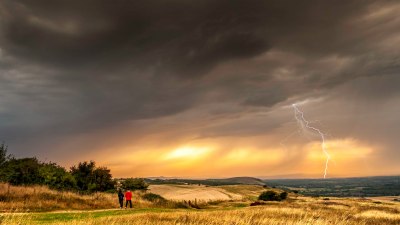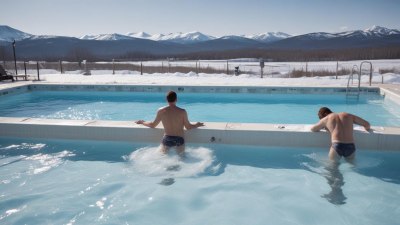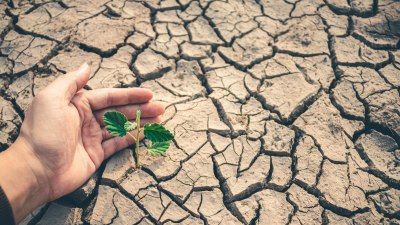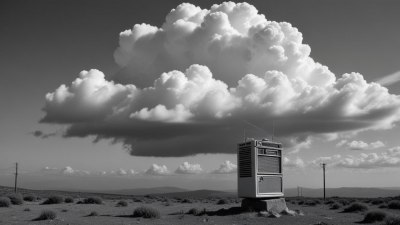Why Some Snow Is Sticky
Explore the science behind sticky snow, its formation, and its unique properties. Understand how temperature and humidity affect snow types.
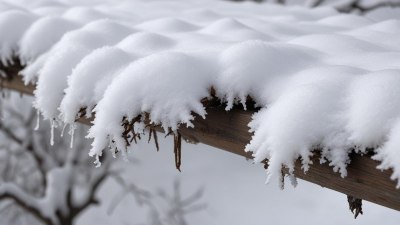
This image was created with the assistance of Freepik
Snow is a fascinating meteorological phenomenon, but not all snow is created equal. Some snowflakes flutter down as light, powdery crystals, while others land on the ground in a sticky, clumping mass. The difference in snow types is largely attributed to the atmospheric conditions present during their formation. Understanding why some snow is sticky requires an exploration of the conditions of temperature, humidity, and the snow crystal structure.
Sticky snow often occurs when temperatures hover around the freezing point, typically between 32°F (0°C) and 34°F (1°C). At these temperatures, the snowflakes encounter a unique balance in their structure. As the temperature rises, the snow begins to melt slightly, causing the surface of the snowflakes to become wet and sticky. This phenomenon is known as wet snow.
The Role of Humidity
Humidity plays a critical role in the stickiness of snow. When the atmosphere is saturated with moisture, resulting in high humidity, the likelihood of sticky snow increases. As snowflakes fall through humid air, they can pick up additional moisture, melting the outer layers and leading to the sticky texture. In contrast, low humidity tends to produce drier, more powdery snowflakes, which do not clump together as readily.
Snowflake Structure
The structure of the snowflake itself also contributes to its stickiness. Snowflakes grow as they descend through the atmosphere, collecting water vapor that crystallizes into ice. This growth process can take various forms, ultimately leading to snowflakes with different shapes and structural characteristics. Sticky snow typically consists of larger, wet snowflakes that can easily adhere to one another due to their moist surfaces.
Once these larger flakes hit the ground, they can bond together more easily than drier snowflakes, resulting in a heavy, compact layer of snow. This is often what we see during winter storms that bring about wet snow, leading to difficulties in snow removal and challenges for mobility.
Conditions for Sticky Snow Formation
Several key conditions favor the formation of sticky snow. First and foremost is temperature. As mentioned earlier, temperatures that are just above freezing are conducive to the development of wet snow. This is often observed in transitional seasons like late winter and early spring, when daytime temperatures begin to rise.
In addition to temperature, the presence of liquid water in the atmosphere is essential. This liquid can originate from various sources, such as melting snow, direct precipitation, or even fogs. This additional moisture not only promotes the stickiness of snow but also contributes to the overall weight of the snowpack, impacting snow load on structures and the risk of avalanches.
Comparison with Dry Snow
In contrast, dry snow usually forms in colder conditions, where the air is less humid. Snowflakes formed under these conditions are typically smaller, lighter, and less dense. This type of snow can be easily blown around by the wind, creating powdery drifts. Skiers often prefer these lighter snow conditions as they allow for smoother and faster runs. However, dry snow lacks the adhesive quality found in sticky snow, making it less suitable for building snowballs or snowmen, which require a certain level of moisture to hold shape.
The difference in snow types can also be highlighted by the temperature profiles through which silver snowflakes create and descend. When snow is being formed ideally, temperatures should be even colder than freezing; this allows the crystals to propagate without additional moisture affecting their structure. When temperatures warm up, the frequency of these “sticky” snowflakes increases due to changes in the air's moisture content.
Snow Compaction and Formation
All snow, whether sticky or dry, undergoes compaction as layers build up over time. The stickier varieties of snow can lead to substantial compaction because of their mass and moisture content. As more snow falls and pressure mounts, this can create a dense snowpack that may support various activities such as snowmobiling or even construction of snow structures.
Sticky snow is particularly notable in regions prone to heavy winter precipitation, such as the northeastern United States or parts of the Pacific Northwest. Here, the moist air coming from the ocean can lead to significant snowfall that accumulates as wet and sticky snow, often resulting in notable snow storms and impacts on local infrastructure.
Effects of Climate Change
As climate change continues to alter global weather patterns, we can expect to see changes in the type and frequency of sticky snow events. As average temperatures rise, we may encounter more instances of snow falling during warmer conditions, leading to heavier, wetter snowfall. This kind of snow will likely have implications for winter sports, ecosystems, and local economies that rely on seasonal snowfall.
In summary, the stickiness of snow is influenced by a combination of temperature, humidity, and the unique formation of snowflakes. Understanding these factors can help us appreciate the complexities of winter weather and better prepare for the impacts of snow on our environment and daily lives. As climate conditions evolve, it will be crucial to keep monitoring how these changes influence snowfall patterns and the types of snow we experience each winter.


